It's hard to escape the media pronouncements that iPhones are now boring again after Samsung unveiled its latest Galaxy S8, Apple's Mac business is being overshadowed by more exciting Surface Windows PCs from Microsoft and that Apple Watch is a disappointing dud. But they're all wrong, here's why.
This second segment in a series takes a look at real data, with enough historical context to accurately see what's occurring in the Pre-Mobile PC and Post-PC Mobile and Wearables markets. Reality bears little correlation with media narratives that suggest doom for Apple and portray its hardware and software rivals as quickly catching up.
Virtually every element in the common media narratives hyping 1) Samsung's scrappy underdog rivalry with iPhone, 2) Microsoft's growing Surface threat to Macs or iPads and 3) the minor relevance and impact of Apple Watch is purely false. It's not only illuminating to see the truth, but also revealing to see what lies are being passed around as fact.
Consider the reality of Microsoft Surface and its true market position relative to Apple's PC business— in stark contrast to the way the company is portrayed in media narratives.
2: Is Microsoft serious about PC hardware?
In parallel with Samsung discovering that the secret to selling smartphones was to copy Apple's software as closely as possible, Microsoft did the same thing, in reverse. Using its own software, it began copying Apple's hardware business as closely as it could— which, admittedly, wasn't very close.
Abandoning its entire history as a software apps, tools and platform vendor, Microsoft first attempted to copy Apple's integrated hardware model on the iPod with its Zune (above left) in 2006. It attempted to build the KIN in 2009 in response to iPhone. It announced plans to take on the iPad by creating a light, thin tablet design with the same ARM architecture Apple used, under the Surface RT brand (above right) starting in 2012.
In 2014 it acquired Nokia's phone business to more directly take on iPhone using its Windows Phone Lumia brand. While Samsung's software-related problems have blunted its ability to profit from the devices it sells in high volumes, Microsoft's hardware problems have prevented it from selling enough devices to matter
While Samsung's software-related problems have blunted its ability to profit from the devices it sells in high volumes, Microsoft's hardware problems have prevented it from selling enough devices to matter, in one market after the next.
Microsoft's independent software and cloud services continue to generate high revenues, but not enough to warrant continued development of its hardware initiatives that were not gaining traction.
Despite pronouncements that it was "in for the long haul" with Zune, Microsoft terminated the effort in 2012 after six years of trying. Surface RT was discontinued after four years, while Lumia was dumped after two years of Microsoft buying it. KIN didn't last two months.
Microsoft also began selling an Intel x86-powered hybrid PC tablet branded as Surface Pro, which has survived. Now in its fourth generation, the Surface Pro has been paired with an even more expensive Surface Book notebook and a convertible huge-tablet/desktop PC called Surface Studio. Reviews have been more than kind.
In fact, Microsoft's ability to create new form factors has kicked off a torrent of media praise that, similar to Samsung's, is mostly appreciative of the excitement value provided by its efforts rather than its potential for commercial success.
iPads down
When you look at this chart (below) comparing the hardware sales of Apple and Microsoft, the first thing that jumps out is how dramatically iPad revenues have fallen, at least its sales during the winter quarters (the December western holiday quarter and the following March quarter of China's Lunar New Year festivities).
The drop coincided with the launch of larger new iPhone 6 models, which pulled in $26.8 billion in new revenues. It's speculation to say that Apple purposely pushed iPad users to buy iPhone 6 Plus to arrest the slide in iPad ASP, which had fallen from around $650 to around $450 by 2013. But whether intentional or not, the shift in sales was a fortunate occurrence.
Apple certainly prefers to sell users iPhones at an ASP closer to $700, which will be replaced on a faster cycle than an iPad would be. For iPad buyers who want a full tablet iOS device, Apple developed iPad Pro, released in 2015 with an entry price of $799, followed by a second model at $599.
Surface up. No correlation.
We definitely do know that those "missing" iPad buyers didn't run out and get Surface Pro machines to run the Full Windows. Microsoft simply hasn't sold enough of them. Across nearly five years, Microsoft has only sold about 14-17 million in total. Across 16 quarters, that's only about a million per quarter.
At its peak, Apple was selling more than 14 million iPads every quarter, consistently for two years. Apple's rapid sales of iPads created an installed base of about 300 million users. So while iPad is "down dramatically" and Surface is in certain quarters "up" compared to its previous performance, iPad is still leading global sales of tablets and servicing a large installed base, while Surface is barely moving units.
Microsoft's Surface business isn't really growing. Like Apple's Mac and iPad sales, Microsoft's Surface sales are more cyclical than typical commodity PC or phone sales, peaking in the holiday quarter. Unlike Apple's sales, Microsoft Surface hardware revenues (blue) have only hovered around $1 billion quarterly since it launched, with its two best quarters hitting $1.3 billion.
Compared to Apple's $5 to $7 billion quarterly Mac revenues (gold), that's not much. Alternatively, it's not much compared to iPad sales, which have ranged between $4 and $9 billion per quarter (green). However, Surface straddles the business of both, making the really fair comparison Apple's total Mac and iPad businesses together.
Surface revenue not only pales in comparison to Apple's hardware, but its best quarterly performance has still remained $1 billion shy of the $2.3 billion in quarterly revenues that Windows Phone hit back in 2015. Remember what a great business Windows Lumia phones were?
Apple's Other Products scratch the Surface
Now look at Apple's "Other Products," a segment that is mostly Apple Watch, Apple TV, iPods and Beats. It's not only consistently generating about double the revenues of Surface, but it's also building in a cycle, peaking at over $4 billion in both of the last two winter quarters— more than three times the best performance Surface has achieved.
Apple doesn't separate the figures itself, but Canalys estimates for Apple Watch revenue in the winter quarter highlight that Apple's wearable was a much larger business ($2.6 billion) than all of the Surface PC offerings of Microsoft ($1.3 billion), even if the media talks very differently about each.
Apple Watch is supposedly a minor niche device looking for a market, while Surface is billed as a really popular and exciting business that's turning heads and concerning competitors. Both of those narratives are wildly wrong.
The other obvious difference between Apple Watch and Surface is that since their quarterly launch peaks in 2015, Apple's quarterly Watch revenue has grown by more than $1 billion, while Surface revenue has shrunk by $52 million. Apple Watch is currently only on its second generation, while Surface is approaching its fifth. Since its debut in 2012, Microsoft's Surface revenues have not even exceeded Apple's Mac revenues from their most anemic, beleaguered points in the mid-1990s
That's a pretty poor trajectory emerging for Microsoft's future vision of the conventional PC— a product category one might expect to generate more revenue vs. a smartwatch.
Since its debut in 2012, Microsoft's Surface revenues have not even exceeded Apple's Mac revenues from their most anemic, beleaguered points in the mid-1990s, when Apple was written off as a collapsing corporate corpse.
Yet rather than being portrayed an irrelevant waste of hardware engineering that fills perpetually empty retail stores with overpriced and often defective products for a tiny niche of blindly loyal fans, Microsoft's Surface unit is hailed as a really exciting enterprise that is challenging Apple's position in computing and inventing novel ideas like the keyboard, stylus, mouse and a rotating dial.
Microsoft finds hardware hard
As the opposite of Samsung, Microsoft's trouble comes from lacking the ability to build great computing hardware as a business, which is much more complicated than simply drawing up interesting designs or creating lavishly expensive show-products that are inherently fated to sell in the tens of thousands as a "look at me!!" loss-leader.
From the Sleep of Death to simply being larger, heavier and less refined boxes with a less precise trackpad, a less sophisticated drawing stylus, less efficient battery life and more expensive CPUs, Surface looks like the kind of thing Microsoft would be unhappy with if it were built by a partner.
Apple's non-iPhone computer revenues from the last quarter ($12.8 billion) were more than Microsoft's total revenues— across the last four years— of Surface sales. And that's even without considering the $900 million charge Microsoft took for written-off Surface inventory. Again— like Samsung— that's not a situation where Microsoft can idly catch up by maintaining the status quo.
Nobody can say that Microsoft tried to convince its investors that Surface would be a slam dunk. In an SEC filing from March 2013, the company carefully noted about its Surface line:
"Investments in new technology are speculative. Commercial success depends on many factors, including innovativeness, developer support, and effective distribution and marketing. If customers do not perceive our latest offerings as providing significant new functionality or other value, they may reduce their purchases of new software products or upgrades, unfavorably impacting revenue.
"We may not achieve significant revenue from new product, service, and distribution channel investments for a number of years, if at all. Moreover, new products and services may not be profitable, and even if they are profitable, operating margins for new products and businesses may not be as high as the margins we have experienced historically."
Microsoft's worst fears seem to have been proven true. Despite a rosy prediction from IDC at the end of 2015, Surface sales haven't take off. Instead, sales in the 2016 winter quarter were slightly worse.
Despite the clear urgency— as the conventional PC market's plateau of sales begins to erode away in the face of Post-PC mobile devices— Microsoft hasn't updated its flagship Surface Pro 4 for a year and a half.
Microsoft is not a computer hardware company
Like Samsung, Microsoft has attempted to simply acquire its lacking hardware development skills— notably in buying Danger in 2008 and then the device business of Nokia in 2014. Both clearly failed to solve the problem of Microsoft not knowing how to run a mobile or PC hardware business.
The other missing reality in the false Surface media narrative is that Microsoft didn't add new Surface device hardware operations to the top of its existing Windows licensing business the way Apple created iPad and added it to its equally growing Mac business. Windows licensing has materially eroded as Surface has wallowed along without real growth.
Imagine if Apple had significantly lost ground with its Mac business as it attempted to shift to sales of iPads, which after years of sales never managed to grow beyond a minor niche business. Would anyone be flattering Apple's ineffectual performance the way Surface is regularly fawned upon?
Now imagine that on top of all that, Apple had lost its entire iPhone business to a new competitor that had never made phones before entering the market.
We can now stop imagining Apple with the hardware problems of Microsoft, and consider a hardware company with device sales volumes greater than Samsung and mobile software platforms performing better than Microsoft's: Apple itself. The next segment looks at a third false narrative related to its latest big introduction: Apple Watch.
 Daniel Eran Dilger
Daniel Eran Dilger
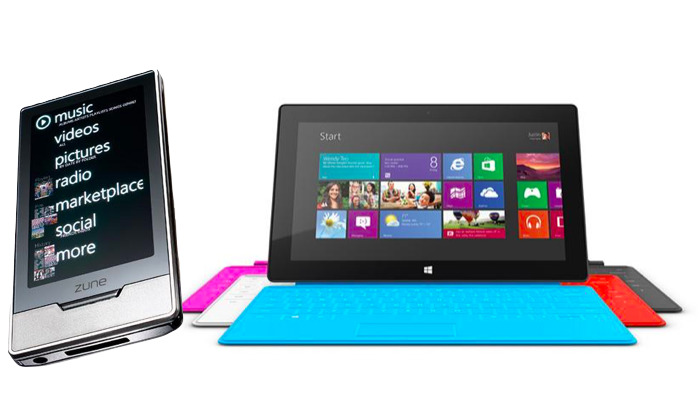
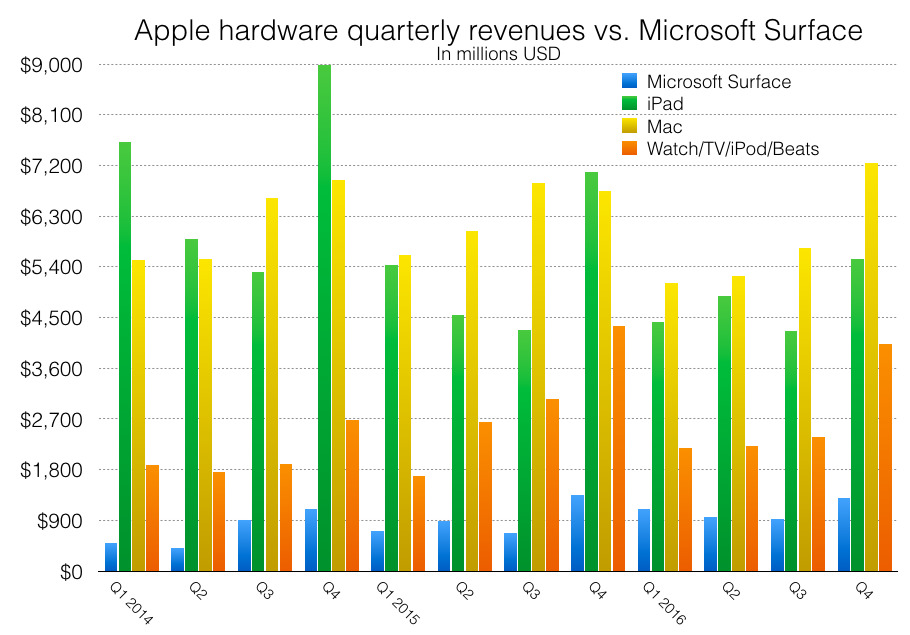
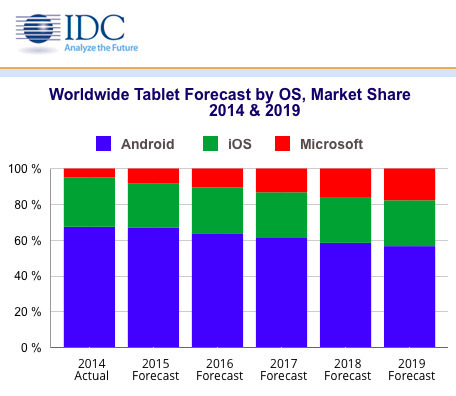







-m.jpg)






 Wesley Hilliard
Wesley Hilliard
 Malcolm Owen
Malcolm Owen
 Andrew Orr
Andrew Orr
 William Gallagher
William Gallagher
 Sponsored Content
Sponsored Content
 Christine McKee
Christine McKee

 Thomas Sibilly
Thomas Sibilly
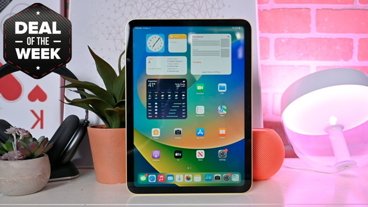
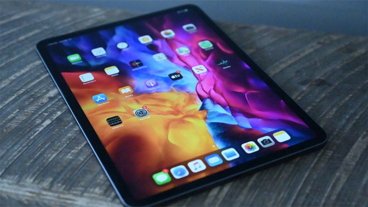





99 Comments
Well...you did just recently remind us that, 'people who are serious about software should really build their own hardware'...
man i can't believe how many newbie-trolls and established haters come out of the wood work for DED pieces. its like his data and facts make them very insecure of their position in the knockoffs camp...
Microsoft's "success" with it's devices is easily monitored when I leave the Apple Store in the St. Louis Galleria mall location and walk down the corridor past the Microsoft store. Day of the week or time of day doesn't matter, there is never more than one or two customers present to busy the store staff. But it is always a contrast to the numbers of customers at the Apple Store. Sad.
I wonder if Microsoft makes more money off their iOS apps than from their hardware.